The Indipendent – Enea e il Tempio di Minerva

Anche il quotidiano inglese The Indipendent lancia in contemporanea la notizia.
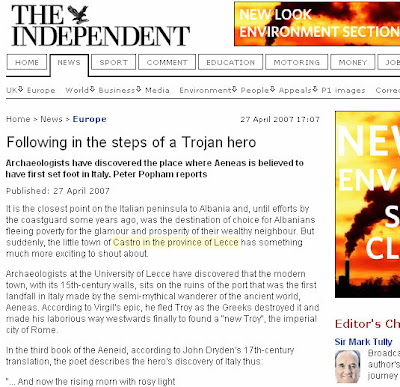 |
| Da Il Blog di Piazza Perotti – Archeologia |
*******************
IL TESTO DELL’ARTICOLO
Following in the steps of a Trojan hero
Archaeologists have discovered the place where Aeneas is believed to have first set foot in Italy. Peter Popham reports
Published: 27 April 2007 – Peter Popham
It is the closest point on the Italian peninsula to Albania and, until efforts by the coastguard some years ago, was the destination of choice for Albanians fleeing poverty for the glamour and prosperity of their wealthy neighbour. But suddenly, the little town of Castro in the province of Lecce has something much more exciting to shout about.
Archaeologists at the University of Lecce have discovered that the modern town, with its 15th-century walls, sits on the ruins of the port that was the first landfall in Italy made by the semi-mythical wanderer of the ancient world, Aeneas. According to Virgil’s epic, he fled Troy as the Greeks destroyed it and made his laborious way westwards finally to found a “new Troy”, the imperial city of Rome.
In the third book of the Aeneid, according to John Dryden’s 17th-century translation, the poet describes the hero’s discovery of Italy thus:
“… And now the rising morn with rosy light
Adorns the skies, and puts the stars to flight;
When we from far, like bluish mists, descry
The hills, and then the plains, of Italy …
The gentle gales their flagging force renew,
And now the happy harbour is in view.
Minerva’s temple then salutes our sight,
Plac’d, as a landmark, on the mountain’s height …”
Minerva’s temple is the key: the head of the Archaeology Department at Lecce University has found clinching evidence of the existence of a temple of Minerva, exactly where the poet describes it. “There is no doubt,” Professor Francesco d’Andria said. “We have found fragments of a female divinity, and many iron weapons given to the goddess as offerings. In this temple a warrior goddess was worshipped. Minerva was worshipped.”
Aeneas was first described as coming to Italy by the poet Stesichorus, writing around 600 BC. But it is the Roman poet Virgil, who died at sea in 19 BC aged 51 before he could complete his masterpiece, who defined him and his voyage for posterity. In the Aeneid, Virgil provided the rapidly rising Roman state with its own national epic in a deliberate effort to out-Homer Homer and the Greek culture of which his poems were a foundation.
Like the Illiad and the Odyssey, the background of the Aeneid is Troy and the 10-year war that culminated in its destruction. Like Odysseus, the poem’s hero, Aeneas, the product of a fling between a noble of Troy and the goddess Aphrodite, wanders at length across the oceans with his devoted followers, seeking with increasing desperation the new Troy the gods have promised him. Is it Thrace? Might it be the island of Delos, home to the oracle of Apollo? Clearly not: in both cases the auguries are bad. For a long time he cherishes the idea that Crete is the place. But when he arrives there a pestilence is raging:
“Rising vapours choke the wholesome air
And blasts of noisome winds corrupt the year
The trees devouring caterpillars burn …
My men, some fall and some in fevers fry.”
So it’s back on the boat, and the wanderings resume, to what is now Butrint, in the far south of Albania, then across to Castrum Minervae. But, even though they feel they are getting warm now – “Then, ‘Italy!’ the cheerful crew rebound” – Castrum is not the alotted place either: the apparently benign presence of “four white steeds that cropp’d the flowery field” sends Aeneas’ highly superstitious father, Anchises, into a panic: “War, war is threatened from this foreign ground …” And they are off again.
Following directly now in the wake of Homer’s Odysseus, the fleet follows the coastline of southern Italy round to Sicily, risking the twin terrors of Scylla and Charybdis – a sea monster and a whirlpool – that mark the approach to the present-day Sicilian city of Messina. More bad luck with the auguries and it’s across the Mediterranean to Carthage, on the coast of present-day Tunisia, for the most hectic and perilous stopover.
When Virgil was writing the Aeneid, the most fearful conflict in Rome’s history was only a century past: the Punic wars, which lasted 120 years. The Carthaginian commander Hannibal, from his stronghold in Apulia, not far from Castrum Minervae, came closer than anyone – until the arrival of the barbarians centuries later – to destroying Rome.
The war ended, of course, in a Roman triumph, with the legions levelling Carthage. But despite that emphatic victory, more recent events reminded Rome that, for all the city state’s martial prowess, Africa presented a menace to which it was vulnerable: “The beds i’ the east are soft,” as Shakespeare put it. Cleopatra, who died only 11 years before Virgil, was the lover first of Julius Caesar then, more famously, of Mark Antony. Her downfall and suicide marked the end of Hellenistic domination and the decisive rise of Rome.
So Aeneas’s dalliance with Dido, Queen of Carthage, represents the critical moment in the epic, as the hero first commits himself to the passionate queen then, sternly reminded by the gods of his duty, sneaks away with his fleet, hoping to escape before she can find out. In this he fails – she watches them set off, then:
“mounts the fun’ral pile with furious haste;
Unsheathes the sword the Trojan left behind …
and struck; deep entered in her side the piercing steel.”
The discovery of Minerva’s Temple, which has prompted Castro’s mayor to suggest changing its name to Castrum Minervae, is a striking reminder of the story of Aeneas with its intertwining of Greek myth and historical fact, proto-nationalistic triumphalism and vivid poetry.
da The Indipendent del 27 aprile 2007 – News
il link: http://news.independent.co.uk/europe/article2488817.ece

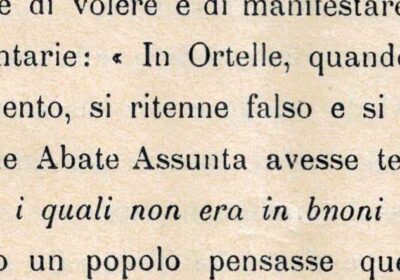

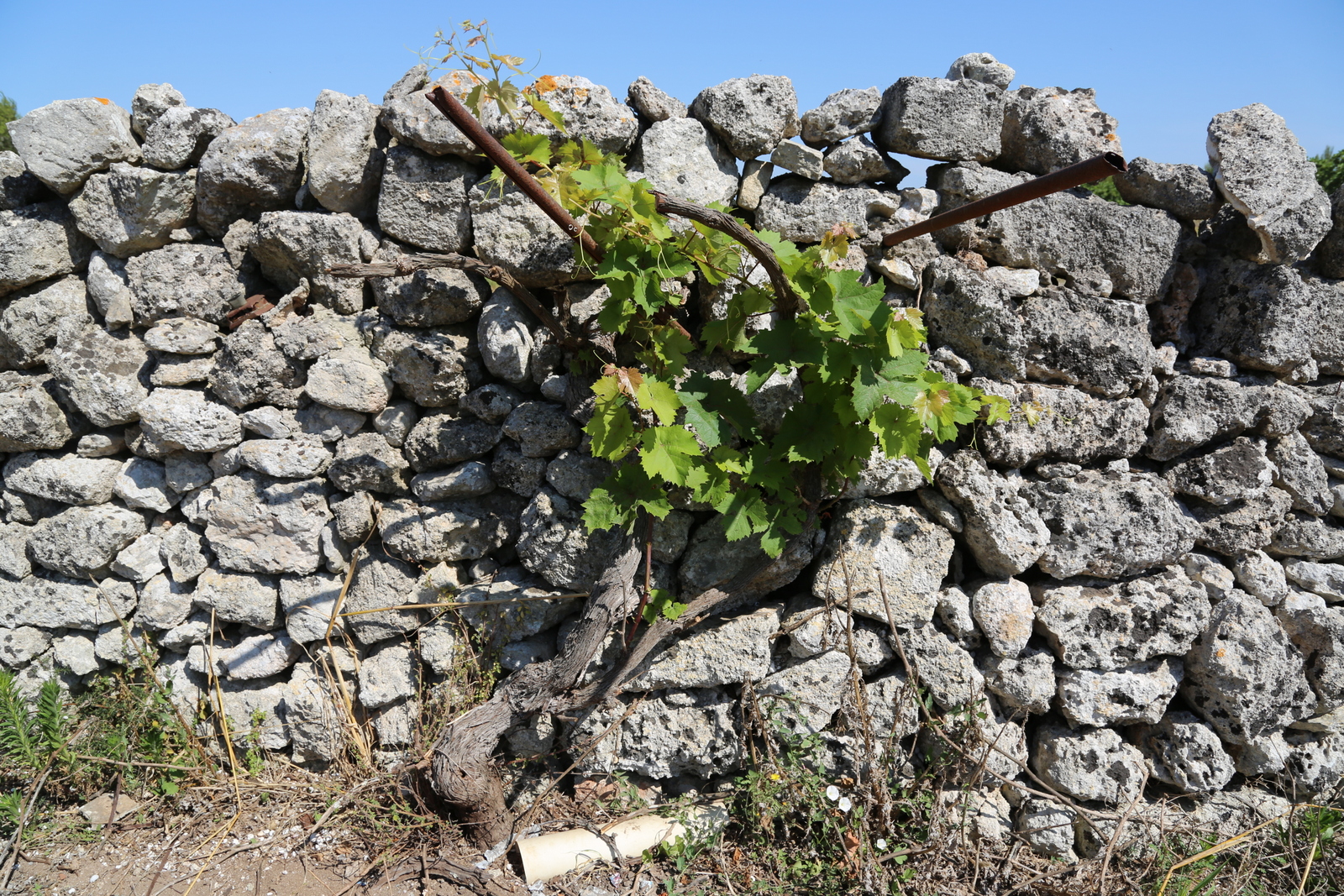
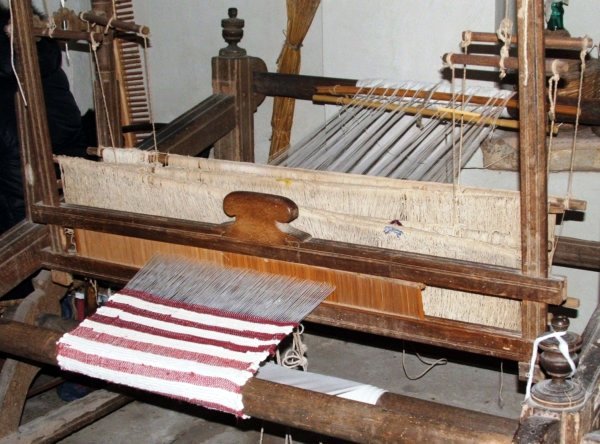
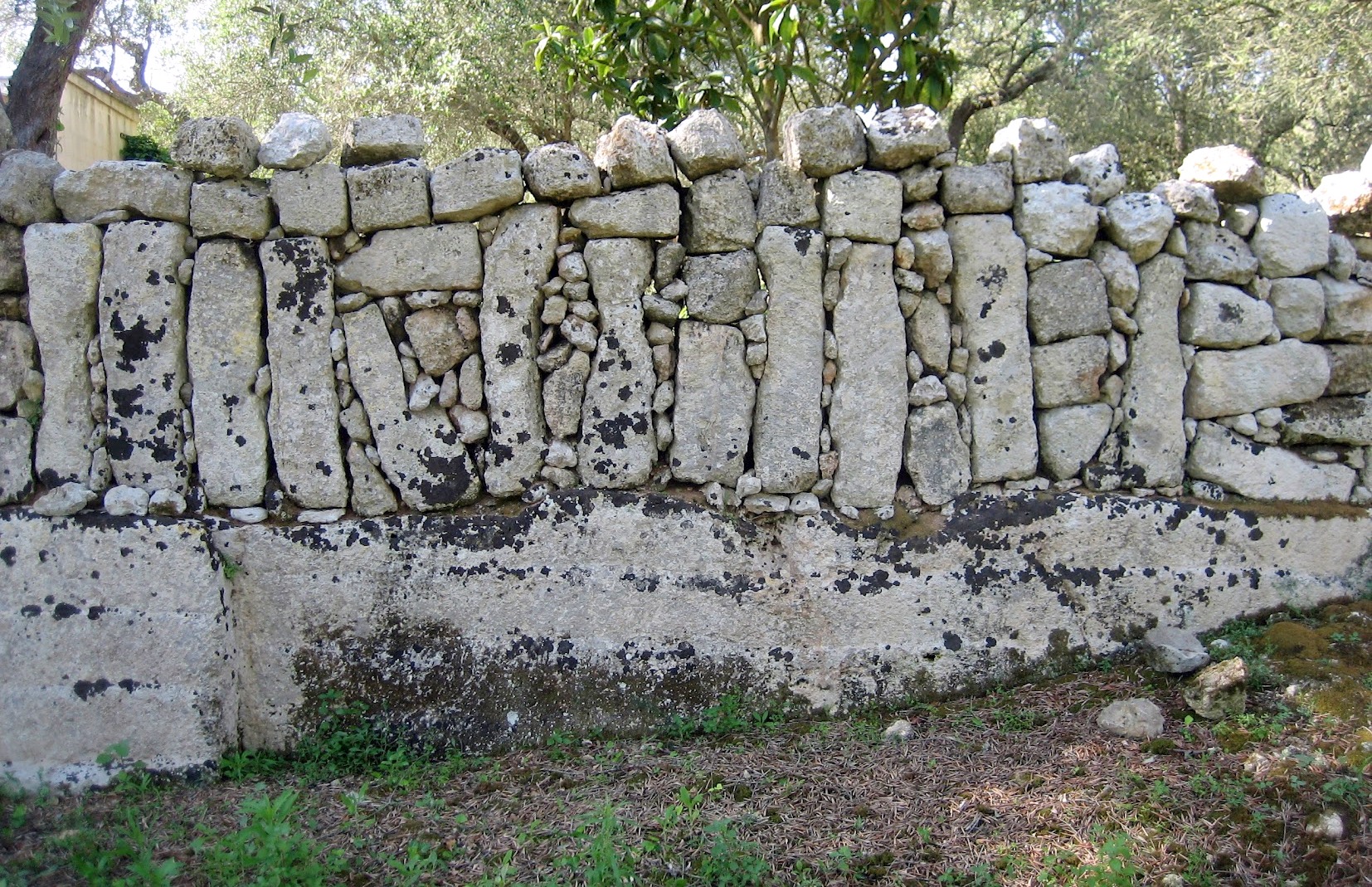
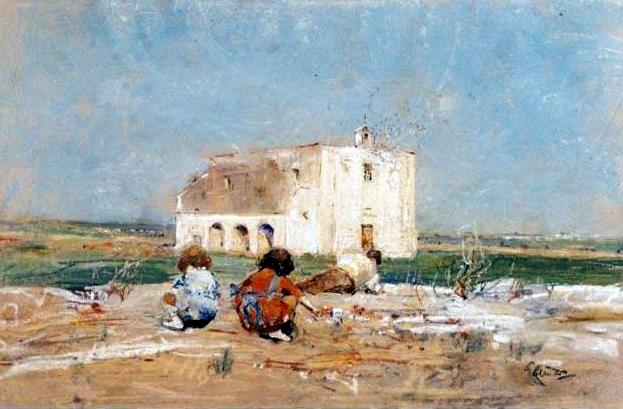
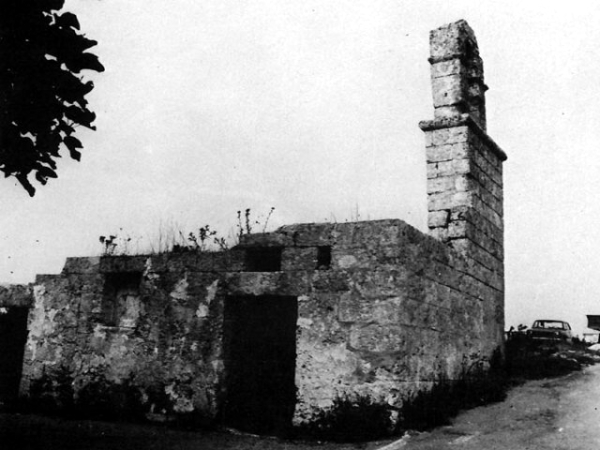

Lascia un commento
Devi essere connesso per inviare un commento.